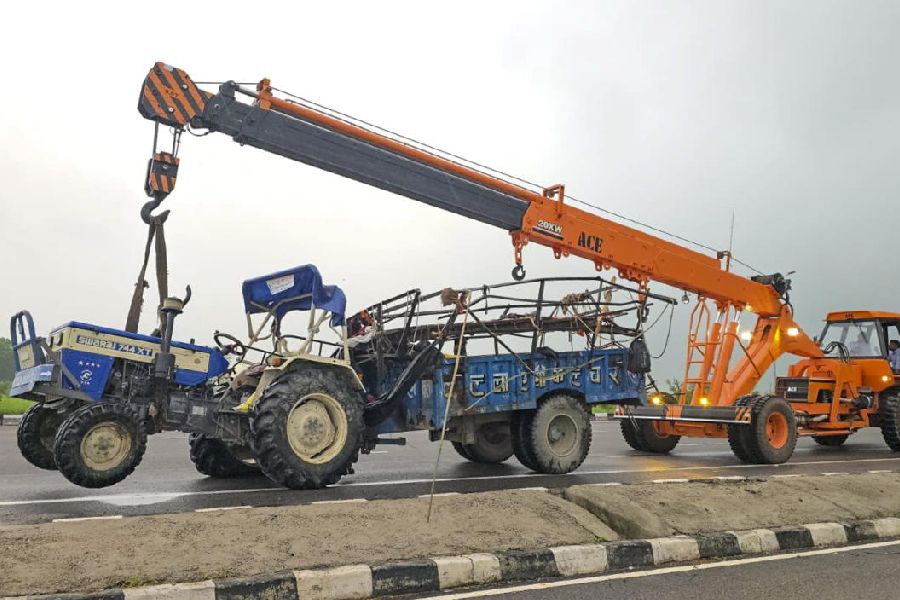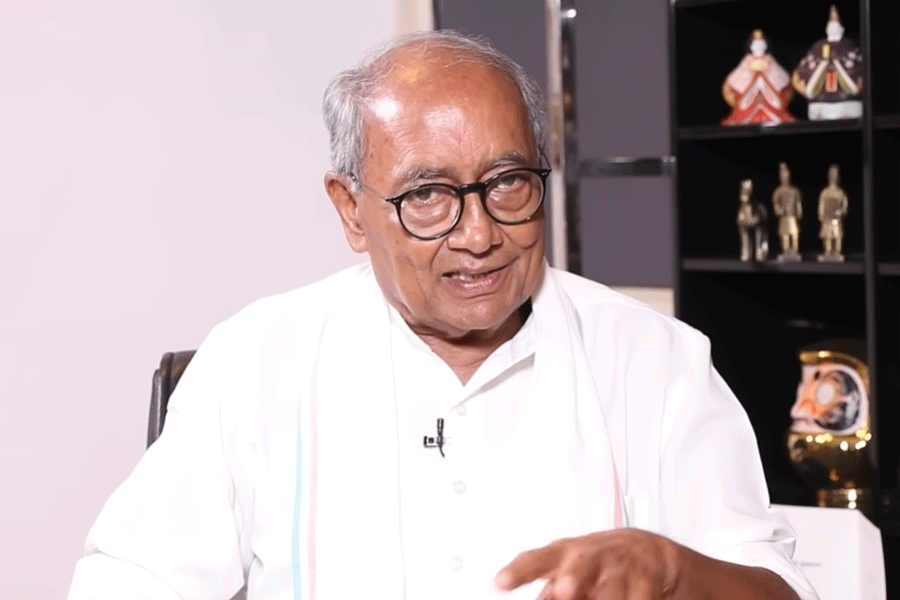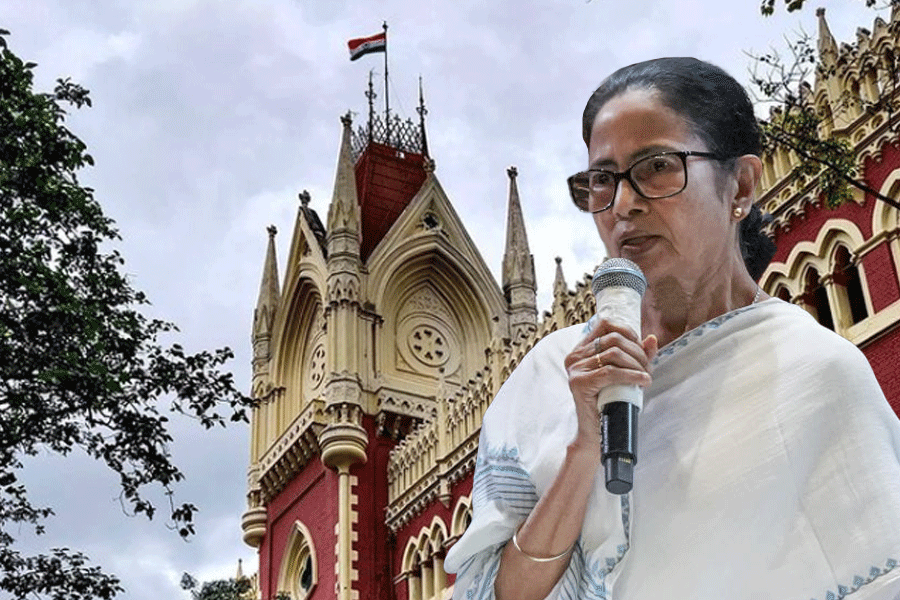 |
Bhubaneswar, July 13: National Bank for Agriculture and Rural Development (Nabard) has found that the net sown area (NSA) in the state has been declining over the years.
“There has been a steady decline in NSA from 58,45,000 hectares in 2001-02 to 56,24,000 hectares in 2007-08,” the report says. It further points out that the declining NSA in the state is resulting in low production of agricultural crops. The report was released at the special state-level bankers’ meeting yesterday.
According to the report, the major causes of fall in NSA are conversion of agricultural land into non-agricultural uses such as residential and industrial projects, developmental programmes like the expansion of roads, major and medium projects and waterlogging in low lands.
Food security is a major cause of concern for small and marginal farmers who have 84 per cent of land holdings and own 53 per cent of operational holdings. Though it has low profitability ratio, paddy is the principal crop in both kharif and rabi seasons and accounts for 75 per cent of the total cropped area in the state followed by pulses (14 per cent) and oil seeds (4 per cent). About 65 per cent of culti- vable land, almost 40,17,000 hectares in the state, is acidic with degrees of acidity varying widely.
Similarly, 4,00,000 hectares (6.5 per cent of cultivable area) is affected by salinity. The report adds that cultivation in these areas without proper soil treatment can seldom give good result. The report said though the state government has given priority to irrigation facilities in at least 35 per cent of the cultivated area in all 314 blocks of the state, this facility could so far be created only for 116 blocks.
Irrigation intensity was about 35 per cent for the state. Nabard further says that use of fertilisers is very low in Orissa. Average fertiliser consumption per hectare was only 53kg in the state as compared to the national average of 113kg in 2008-09.
Since fertiliser in the state is mostly applied to paddy crops, consumption of fertiliser was relatively high in major paddy-growing districts like Baragarh (160kg/hectare), Balasore (166kg/hectare) and Bhadrak (125kg/hectare). Though Orissa has witnessed 22 natural calamities in the last 30 years, the acceptance of agricultural insurance is very low.
The method of taking block as a unit for considering insurance benefits deprive many farmers affected by droughts or floods in partially-affected blocks. The advantage of safety net is not reaching farmers in case of crop failures, the report added.











